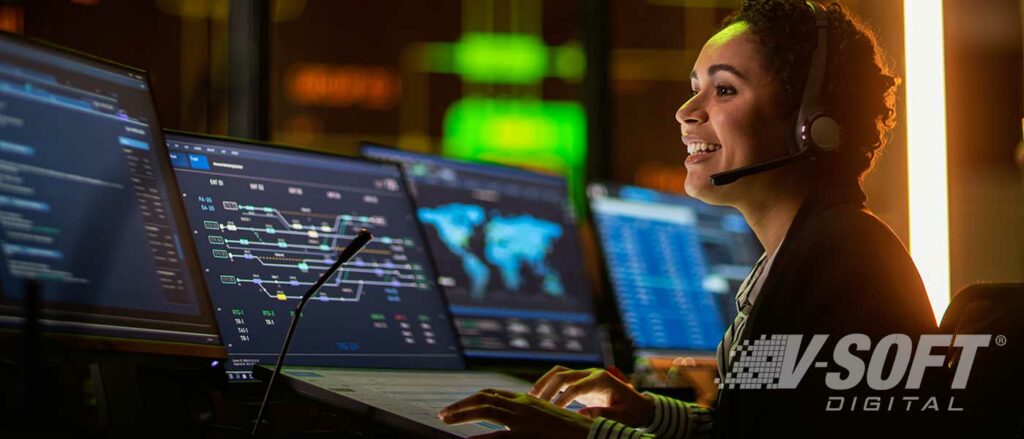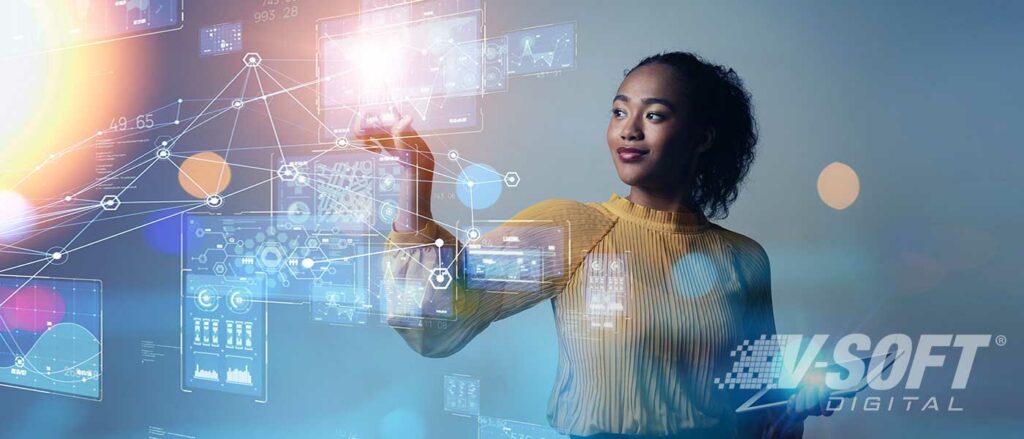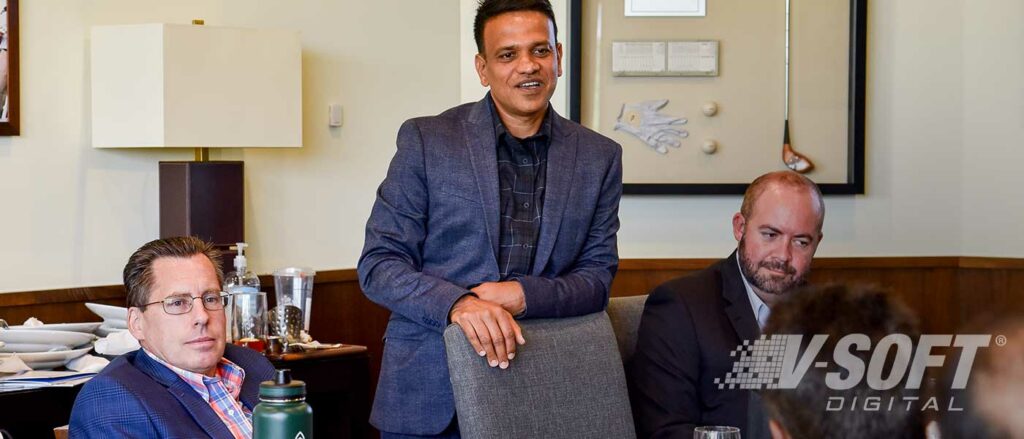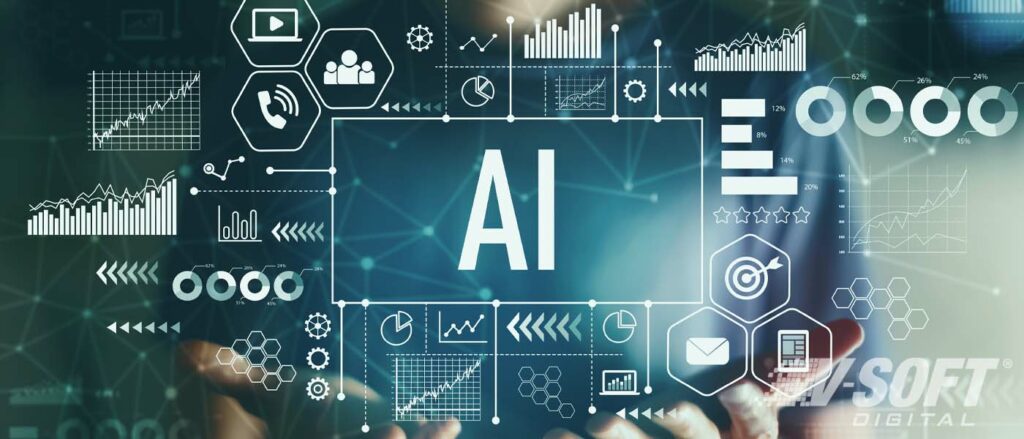What Creative AI Can Do For Your Company
Up until now, Artificial Intelligence (AI) has been used to automate and improve business processes. Technology has always led to continuous innovation, which has enabled the development of Creative AI.
Creativity and innovation have brought humankind a long way and we are not far from inventing a technology that can feel, think and work like a human. According to the experts, AI can be creative, but it has its own constraints. They say a human being’s ability to be novel can never be imitated by a robot. Although, there is a debate about that, too.
It’s easy for AI to come up something novel just randomly. But it’s very hard to come up with something that is novel and unexpected and useful.
John Smith, IBM
Creative AI might not possess psychological creative abilities, but it will be able to produce creative outputs that are similar to its human counterparts. This ability can reduce the use of resources for businesses for a variety of critical thinking processes. Here we discuss the business applications of Creative AI.
AI in Design
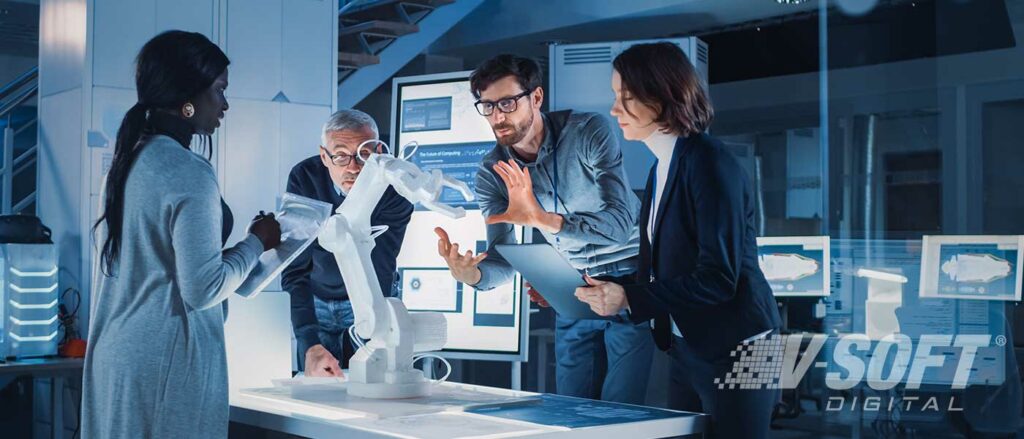
Designing is a dominant part of marketing, product development and UI/UX. Businesses prefer designs that convey their values, mission and goals. Designers are expected to do a lot with little time and resources. For example, businesses cater to audiences with different geographical and cultural backgrounds. To be more personalized, businesses publish banners and templates in different languages to suit those different demographics. These are repetitive tasks that don’t require human supervision. In cases like these, AI can translate the original draft into different languages and the designer can be tasked with simply checking errors.
When it comes to AI in product design, the automobile industry has made the most of AI. Automobile manufacturer, Renault employed AI to churn out new vehicle models that allow drivers to shift gears using a button. This helps designers and engineers upgrade the user experience.
Planning and Management
AI will eliminate 80% of today’s project management tasks by 2030.
Gartner
AI optimizes processes across teams and divisions. It creates new business models to organize teams that yield better results. While planning a project, AI helps managers monitor tasks, budgets, teams and data, reducing the chance of errors and mishaps. This also provided the opportunity to enhance team collaboration at many levels. For example, AI helps project managers in areas like automated risk management, adaptive resource management and predictive analytics.
Automated Risk Management: AI helps managers stay aware of upcoming risks and dangers, while also alerting them of performance changes, deadlines and solutions.
Adaptive Resource Management: AI keeps track of a business’ previous tasks. It uses data to prioritize and assign staff and make sure the manager completes a project on time.
Predictive Analytics: Predictive analytics uses data to create a pattern that helps businesses identify possible risks and benefits. When it uses AI, results are quicker and more accurate.
Creative AI and Websites
Websites are glass doors into any business. Prospects and customers go to a company’s website to understand a business’ goals, mission and the services offered. With an interactive website, powered by AI, half the work is already done. To offer visitors a great experience, businesses deploy chatbots. These AI-Powered chatbots get smarter every time they’re used.
Voice search is another great way to deploy creative AI on a website. AI analyzes the data collected from chatbots and voice search to understand buyer personas and recommend personalized products or services around customers’ needs.
Creative AI in the Marketing Industry
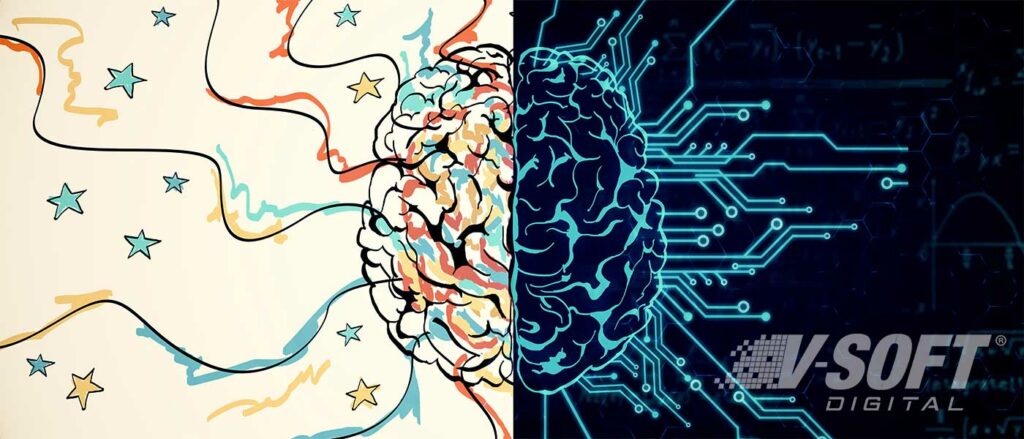
The marketing and communication industry can be revolutionized using creative AI. In the past, advertising was limited to billboards and pamphlets targeting the masses. The digital era redefined the idea of marketing. The advertising industry is optimizing its approach to reach its target audience. As online marketing continues to rise, businesses can create a personalized experience for their customers. But where does AI come in?
AI has already been a part of marketing – Search Engine Optimization (SEO), predictive customer service, Google Analytics and chatbots are just a few examples. Creative AI will be able to collaborate with an all-human team, brainstorming unique ideas and utilizing large amounts of data to recommend content and recognize patterns humans might not catch.
How Creative AI Benefits Businesses
Transforming businesses with AI automation solutions results in increased efficiency. For example, AI made its impact on the productivity of Human Resource (HR), and also helped businesses track and streamline workflows. AI is incorporated in the production and development of almost all products today, from toothbrushes to autonomous cars. And in a few years, products that do not use AI will be at stake.
AI was formerly a technology that would assist in completing mundane and monotonous tasks, but creative AI will play a role in tasks that require human comprehension. Businesses using creative AI will see a hike in productivity.
Future of Business with Creative AI
Creative AI will soon change the way we work. The music and art industries have already employed AI to improve their quality and creative process. Innovative businesses will capitalize on creative AI to improve creative thinking activities and find solutions to problems humans can’t solve. Businesses are inclined towards deploying the AI workforce to collaborate and bring out the best from employees and processes.

